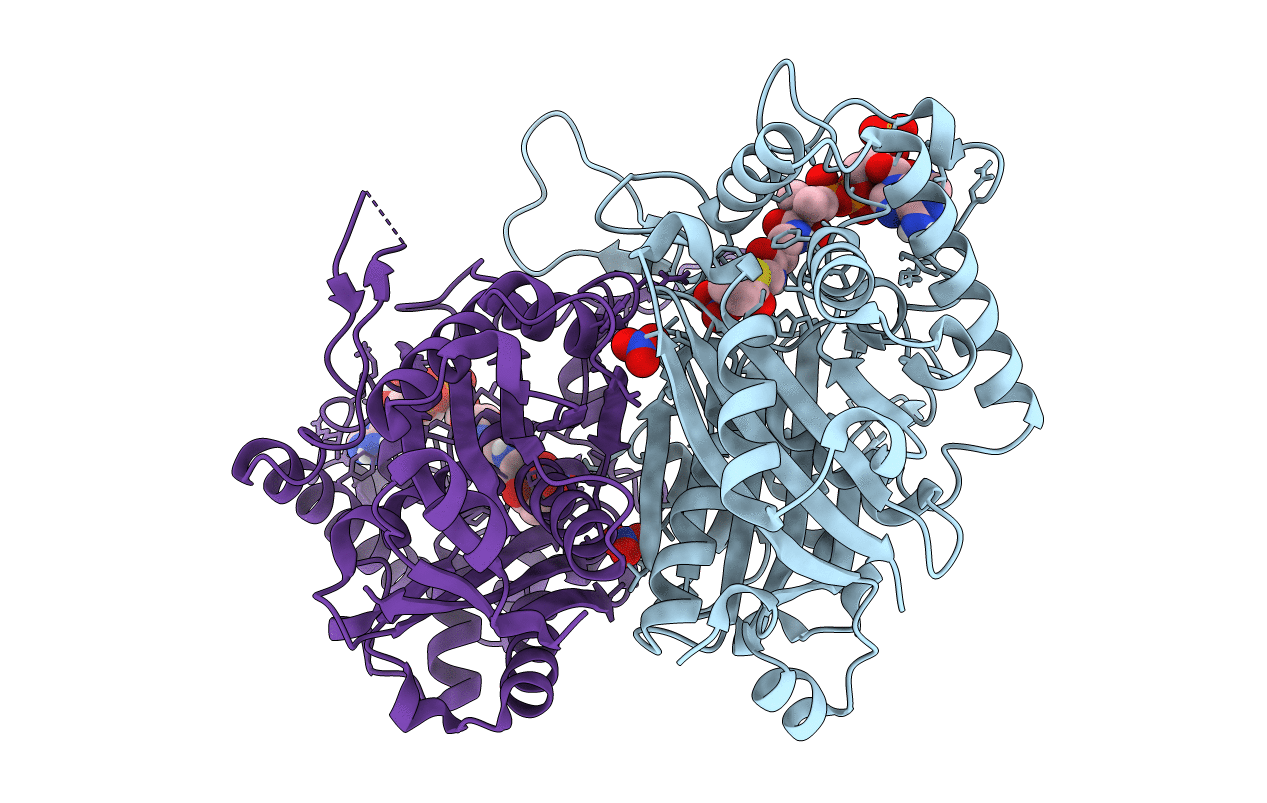
Deposition Date
2017-11-05
Release Date
2018-02-07
Last Version Date
2023-10-04
Entry Detail
PDB ID:
6BJB
Keywords:
Title:
Crystal structure of Acat2-C91S thiolase from Ascaris suum in complex with propionyl-CoA and nitrate
Biological Source:
Source Organism:
Ascaris suum (Taxon ID: 6253)
Host Organism:
Method Details:
Experimental Method:
Resolution:
1.50 Å
R-Value Free:
0.17
R-Value Work:
0.14
R-Value Observed:
0.15
Space Group:
P 2 21 21


